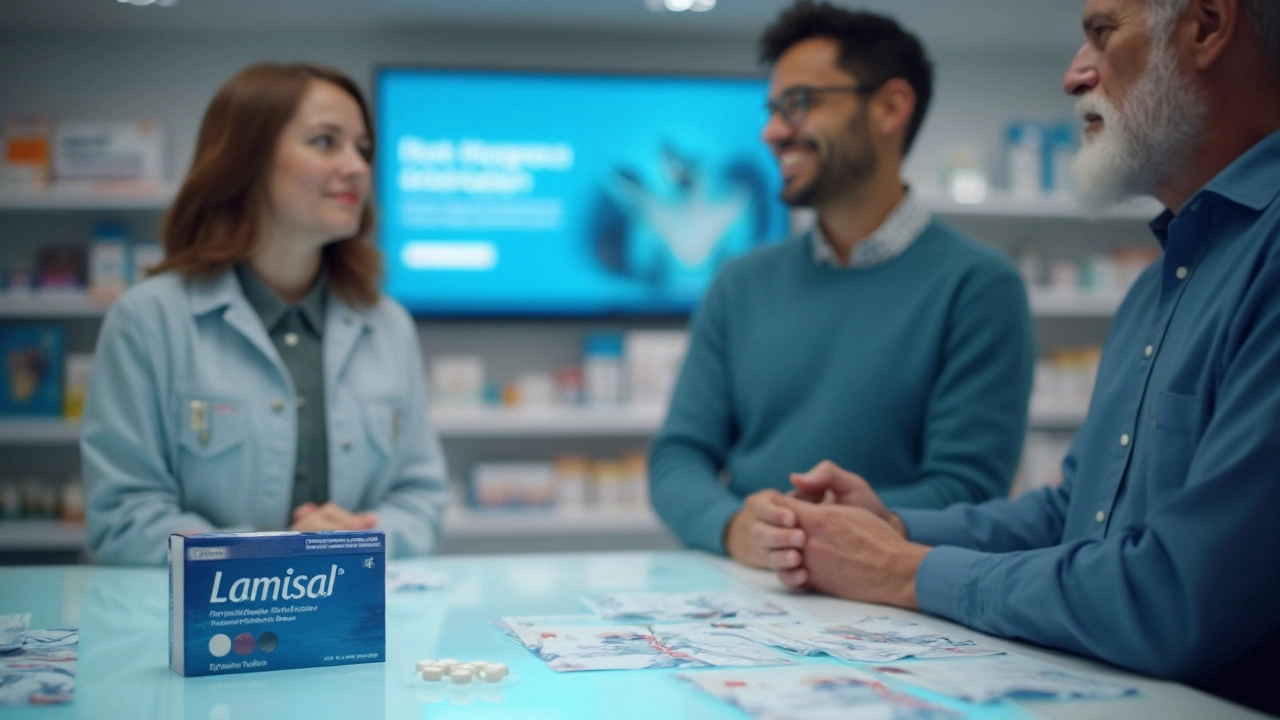Athlete's foot is a common fungal infection that usually affects the skin between your toes and the soles of your feet. You might notice itching, burning, cracked skin, or white soggy patches. Sometimes blisters or a scaly rash show up on the sides or bottom of the foot. The fungus loves warm, damp places like shoes, locker rooms, and public showers.
How do you treat it fast? Start with over-the-counter antifungal creams or sprays that contain terbinafine, clotrimazole, or miconazole. Apply as directed for the full course, usually one to two weeks after symptoms clear. If the infection is red, swollen, or spreading to your nails, see a doctor—oral antifungal pills may be needed.
Keep your feet dry and clean. Wash daily with soap and water, dry well between toes, and change socks at least once a day. Choose breathable shoes and rotate them so each pair has time to air out. Use a cheap foot powder or antifungal spray inside shoes if you sweat a lot. Avoid walking barefoot in public places; wear flip-flops in locker rooms and pools.
If symptoms don’t improve after two weeks of proper OTC treatment, or if you have diabetes, poor circulation, or a weakened immune system, make an appointment. A doctor can confirm the diagnosis with a skin scraping or prescribe stronger topical medicines or oral antifungals. Also see a doctor if you get a bacterial infection on top of the fungus—look for increasing pain, pus, or fever.
Can home remedies help? Tea tree oil and diluted vinegar baths can reduce fungal growth for some people, but they’re not a guaranteed cure. Use them as a supplement to proven treatments, not a replacement. Be careful with essential oils—some cause irritation or allergic reactions on sensitive skin.
Preventing recurrence matters because athlete’s foot often comes back. Disinfect shoes and socks after an infection, and avoid sharing towels or footwear. Trim nails short and keep them clean to lower the risk of the fungus spreading to toenails. If you use public showers, dry your feet and change into clean socks immediately.
Worried it might be something else? Certain skin conditions like eczema or psoriasis can mimic athlete’s foot. If you’re unsure, a short visit to a dermatologist can save time and wrong treatments. With the right steps—proper meds, dry feet, and good shoe habits—you can beat athlete’s foot and keep it from coming back.
Some infections spread to toenails, which are harder to treat. Nail fungus may need months of topical lacquers or oral terbinafine for 6–12 weeks; follow your doctor’s plan. For kids, use gentle antifungal creams and keep their feet dry—school gyms and swim classes are common sources. Avoid steroid creams unless a doctor prescribes them; they can worsen fungal infections. If you travel often, pack a spare pair of socks and a small antifungal spray to treat shoes quickly. Small steps prevent big relapses.

Find out everything you need to know about Lamisil, from how it works against stubborn fungal infections to tips for safe use. Uncover real stats, side effect management, and lesser-known details about terbinafine—so you don't just treat fungus, but understand it. This article packs practical info, honest advice, and answers to the questions everyone should be asking before starting Lamisil.